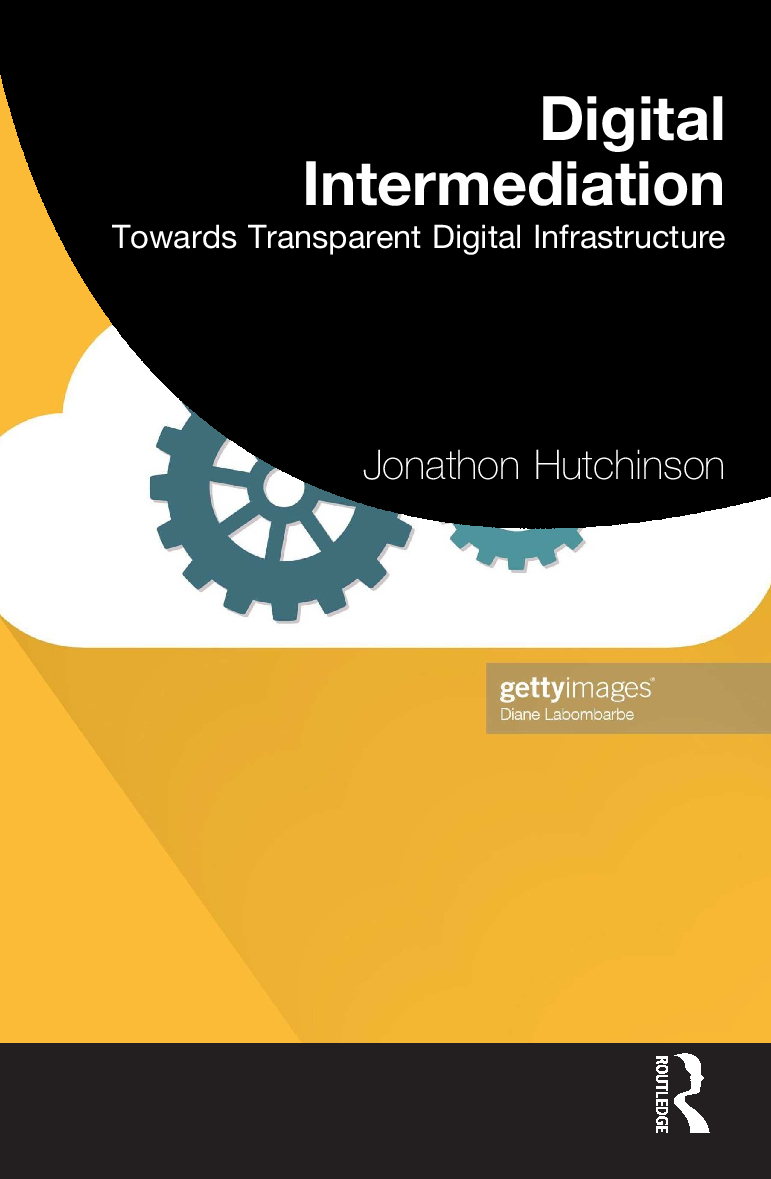I was asked to write an opinion piece for the Sydney Morning Herald last week as a reaction to the anti-lockdown protests in Sydney, which took place the week before.
I found it incredibly interesting how those who attended the event left a trail of ‘evidence’ across social media, and who that would be the first place that police agencies, who are incredibly angry, would go for that evidence. There self-posted celebrations would be their downfall ultimately.
What is more interesting is that this is an event which is master-minded by a far-right group in Germany, who has brought quite disparate groups together to march on the status quo. They, who are at an arm’s length, will not be touched by any form of Sydney based policing.
Below is a version of the final article which appears here in the SMH.
Hiding in plain sight: Facebook a ‘honeypot’ for police to monitor protests
Calls for tighter regulation on Facebook are the standard reaction to the spread of disinformation across the social media giant, but considering the recent anti-lockdown protests, perhaps the platform should do nothing.
Activist groups are calling on Facebook to tighten measures on misinformation, claiming “disinfo kills”. Killer disinformation was potentially manifest in the anti-lockdown protests in Sydney last weekend, where the social media platform was likely used to promote and organise. The protest organisers are again encouraging their networks to take to the streets on Saturday to call for change against mandatory vaccinations and lockdowns. These protests have prompted renewed pressure to monitor Facebook’s capacity to attract problematic groups.
However, digital traces of the anti-lockdown protesters on Facebook serve as aides to law enforcement agencies who seek to identify and prosecute hundreds of individuals since the chaos erupted in Sydney. The platform also provides insights for planned activities of these same groups.
The amplification of social media messaging left a trail of videos, images, chats and discussion among thousands of individuals who opposed the current public health orders to stay at home, wear a mask when in public and get vaccinated against COVID-19; a veritable honeypot of data for use by law enforcement agencies seeking to identify and prosecute those who flout public health orders.
So Facebook needs to weigh the potential for the disinformation it hosts to be destructive with the intel it can gather on groups who spread it. And the intel can be vast. We now know that a combination of activity on Instagram, Telegram and Facebook, supported by a German-based group, Freie Bürger Kassel (or the Free Citizens of Kassel), was able to mobilise thousands of individuals in a number of cities around the globe. The Worldwide Rally for Freedom, of which the Sydney protest formed a part, saw a collection of somewhat aligned cohorts of anti-vaxxers, conspiracy theorists, lockdown-opposers, health and wellness groups and far-right extremists come together to protest for their freedom.
This prompts the question: What will Facebook do to prevent these sorts of ill-intent events from occurring in the future? The answer is likely to be nothing. This is the approach that remains consistent with Facebook’s right to freedom of speech position, which enables a wide variety of opinion and conversation to continue. Given the array of horrific moments that have been broadcast live, organised and discussed by its users, one might ask why there isn’t more done to protect the safety of others on Facebook. But perhaps the best thing Facebook could do after the recent Worldwide Rally for Freedom is nothing.
While this approach may be counter to a growing public opinion of Facebook’s responsibility for safe and civil societies, the platform finds itself in a unique position that sees it collecting and profiling the personal data of those who seek to “remain free”. Inherently, through its crowd gathering and mobilisation applications – for example, Facebook Events – the platform is able to collect, sort, organise and archive the personal and network data of those who participated in the rally and documented their efforts on Facebook.
By not de-platforming, silencing or delisting the public event, has Facebook provided law enforcement the breadcrumb trail and the evidence it needs to identify those at the heart of the protest and to prosecute accordingly? This unique and insightful database may indeed be the last chance that police and law enforcement agencies have before these sorts of organisations disappear to the dark web. From there, it becomes increasingly difficult for the law to find and follow leaders of such groups.
The regulatory pressure of this moment places Facebook again in the challenging position to decide on how, in a post-Christchurch massacre world, to manage free speech against the negative and ill-conceived events that are harmful to our societies. But as we saw in the fallout of the ANOM app that brought down more than 200 members of Australia’s underworld, digital databases remain unfriendly to activities that contrast with lawful directives. In that sense, it is the users themselves who are undertaking the detective work.
Ironically, those who wish to be “free” are further incriminating themselves through their public digital traces left on social media platforms. NSW Police have used these traces to administer hundreds of fines to the anti-lockdown protesters.




